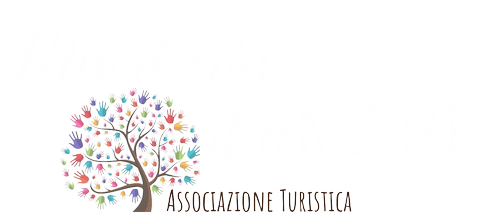National Archeological Museum of Taranto ( a.k.a. “MArTA”)
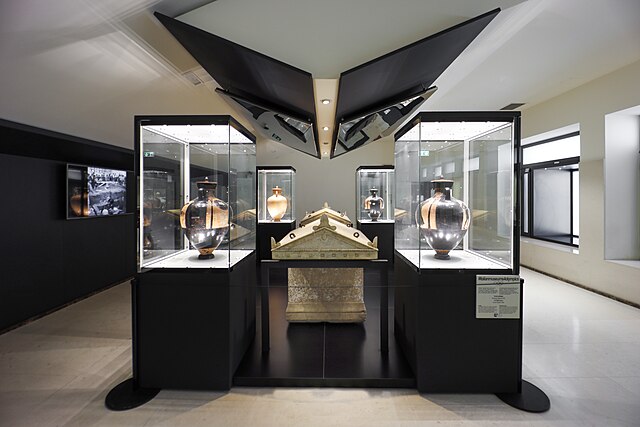
The National Archaeological Museum of Taranto, one of the most important in Italy, was established in 1887 and has occupied the former Convent of the Alcantarine Friars, or of San Pasquale, since its inception. The convent, built shortly after the mid-18th century, is strategically located in the heart of the city. This choice is not […]
Borraco River
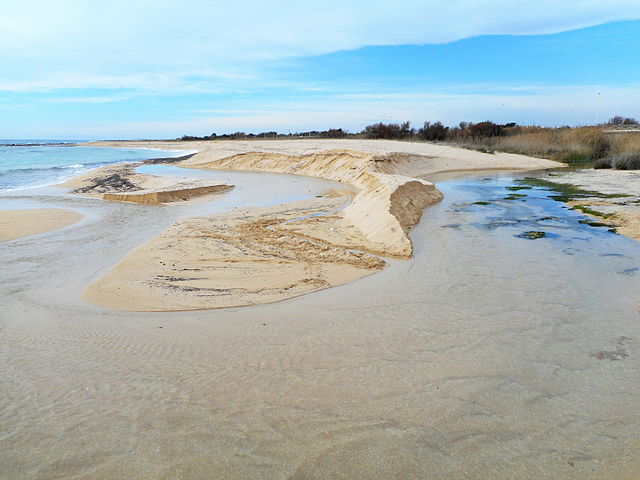
The Borraco River is a stream that originates from two distinct springs fed by groundwater sources located about 300 meters from the sea. Its peculiarity lies in the dual spring, which causes the stream to take the shape of a “Y”. In ancient times, the river was 2 km long and originated near the current […]
Borraco Tower
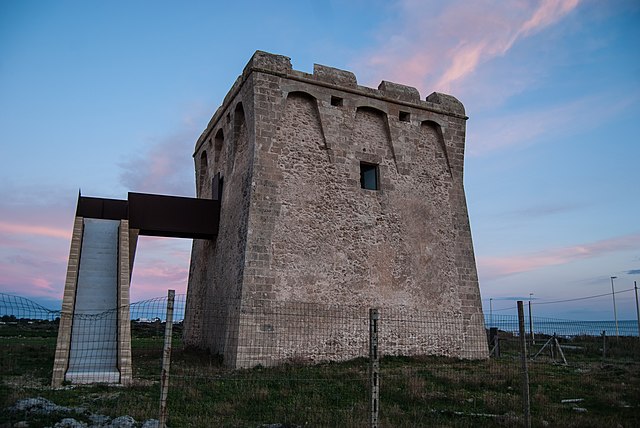
The tower was built around 1560-1570, in the territory of this municipality (at that time called Casalnuovo) and, more precisely, in the fief “Comunale,” also known as “Concordato” (see the Onciario Land Registry of Manduria from 1756, the Salentine Atlas by Giuseppe Pacelli, 1803, and also A.S.NA., Various Notaries, fs.205, inc.1: Acts of offer by […]
Colimena Tower
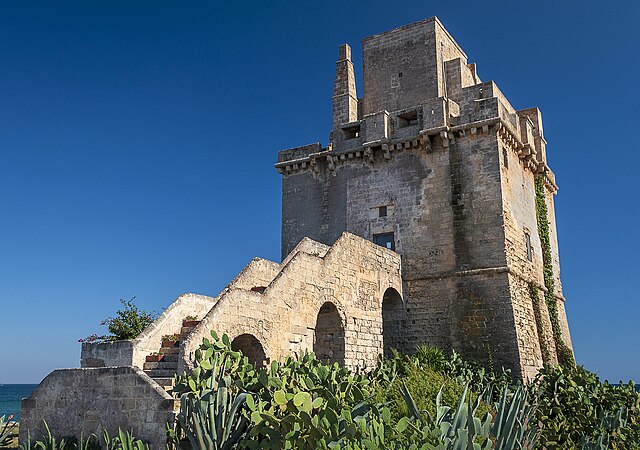
Torre Colimena, or Torri Columèna as the locals from Manduria call it, is a charming seaside district that is part of the municipality of Manduria, in the province of Taranto, Puglia. Located along the Salento coast, this enchanting area develops around the historic tower that gives it its name. The tower, visible from the promenade, […]
The Cuturi Forest
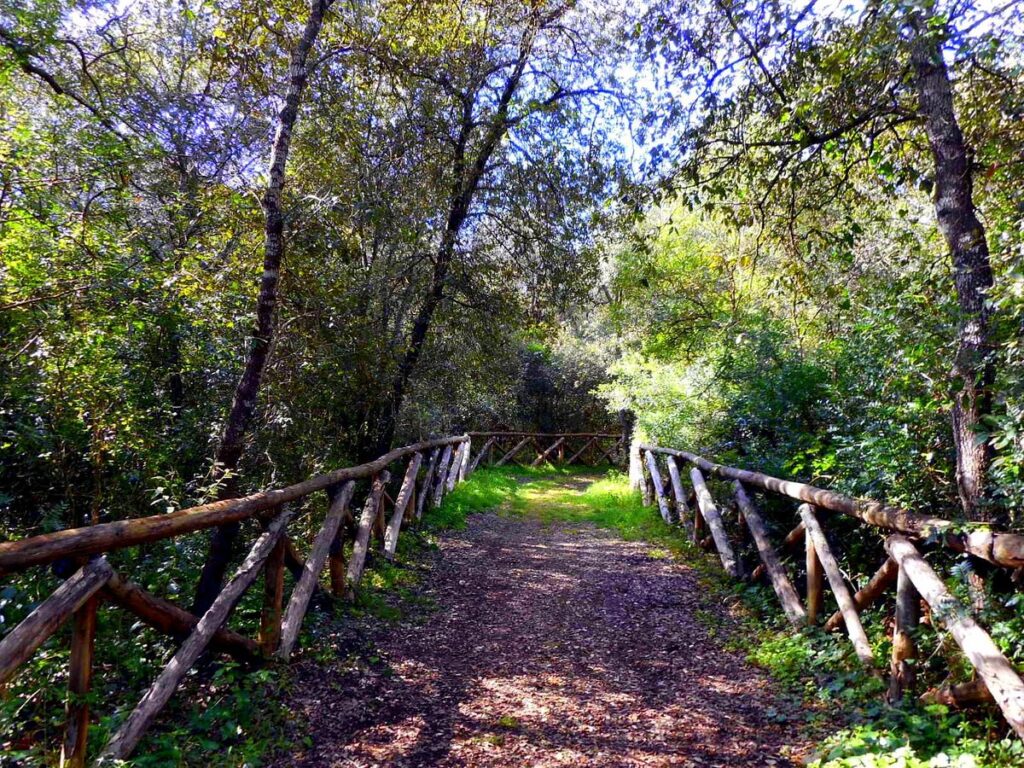
History Spanning over 35 hectares and located approximately 80 meters above sea level, the “Cuturi” Forest is part of the “Regional Natural Reserves of the Eastern Taranto Coast,” established by Regional Law No. 24 on December 23, 2002. These reserves extend over 1,000 hectares along the coastal strip and in the immediate hinterland of the […]
Beaches and Coastline
Discovering San Pietro in Bevagna: A Corner of History and Nature A symbol of the area, the church dedicated to Saint Peter stands majestically at one of the most picturesque spots along this stretch of the Apulian coast. This place of worship, with its simple yet captivating façade, rests against a medieval watchtower that tells […]
Archaeological Park of the Messapian Walls
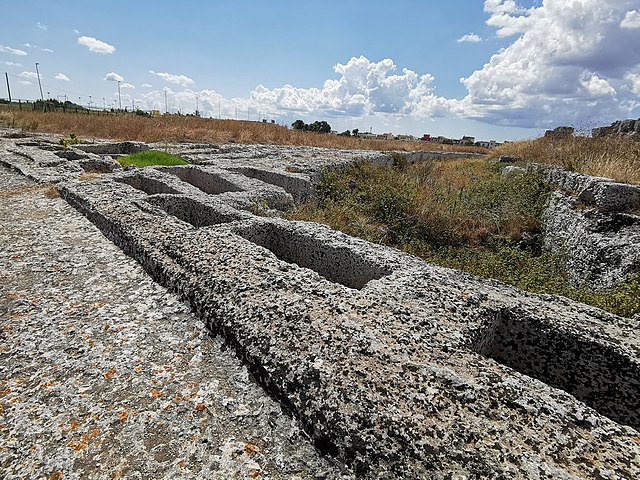
The Archaeological Park of the Messapian Walls in Manduria is a place of extraordinary historical and cultural value, telling the story of one of the most important cities of Magna Graecia. Founded by the Messapians, an Indo-European people who settled in the Salento area, Manduria was one of the most prosperous cities in the region, […]
LECCE
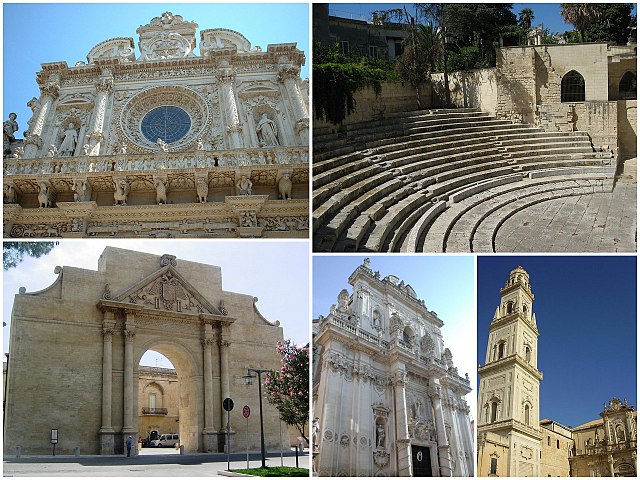
LECCE 40 km Lecce, known as the “Florence of the South,” is one of Italy’s main art cities and a true Baroque gem. Located in the heart of Salento, this city captivates visitors with its extraordinary historical and artistic heritage, reflecting centuries of successive dominations and cultures. A Journey Through History and Art Lecce is […]
The Svevo Castle
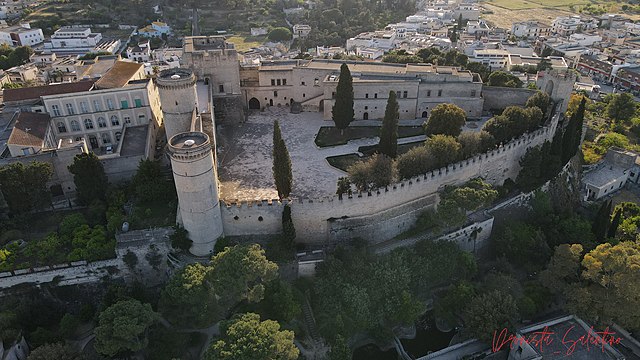
The Castle of Oria (in the province of Brindisi) occupies Vaglio Hill, the highest point of the city, at about 166 meters above sea level, on an area inhabited since the earliest periods. In fact, this area was occupied by the Messapian acropolis, which likely built its walls around the 6th century BC. As is […]
Jewish Ghetto and Former Synagogue
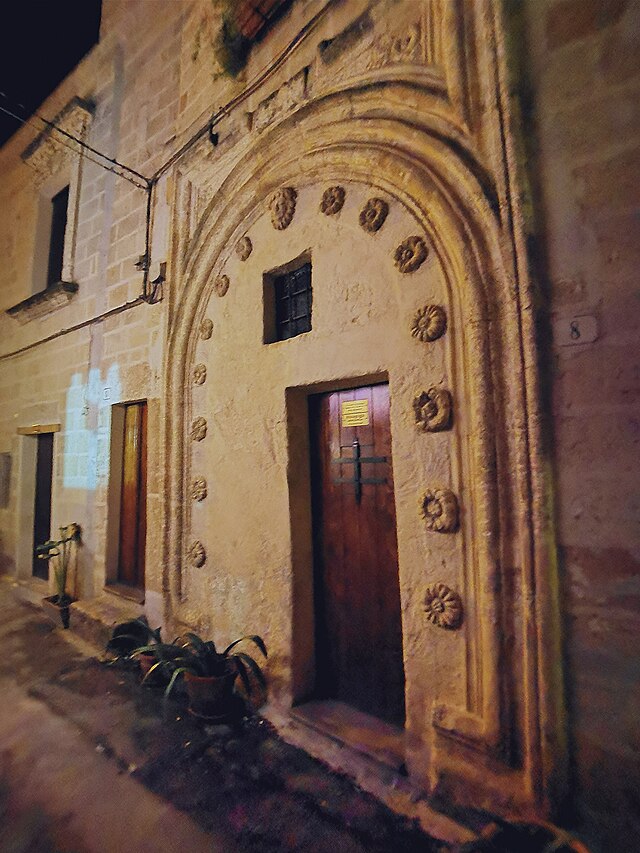
In Puglia, the Jews spread during the Norman-Swabian period. Wealthy communities were present in Lecce, as well as in Brindisi and Oria. The one in Taranto was also thriving, where in 1165 there were around three hundred individuals. Jewish presence was also found, during the reign of the Swabians, in towns like Trani, Barletta, Andria, […]

